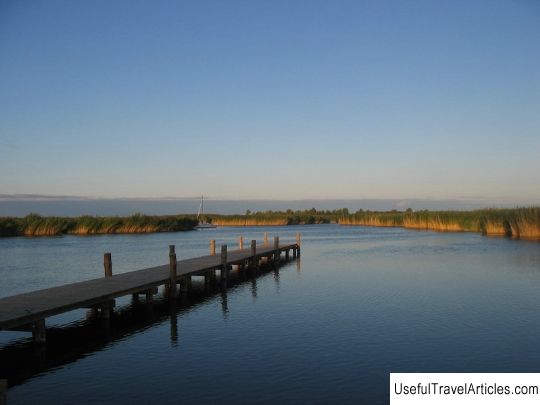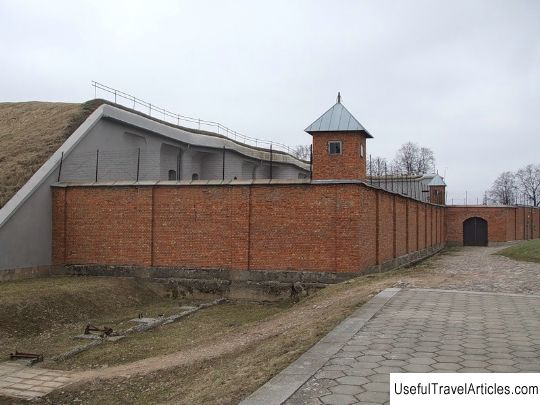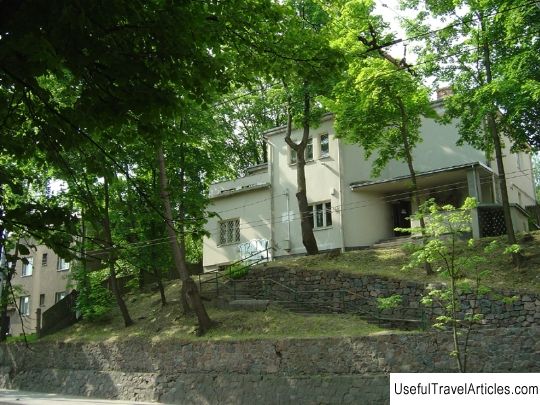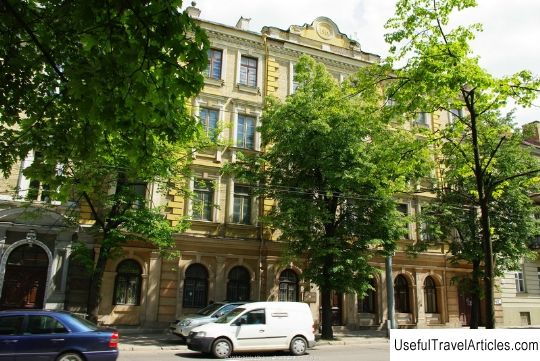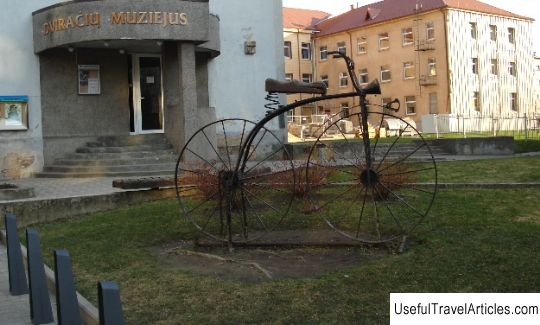Museum of Genocide Victims (Genocido auku muziejus) description and photos - Lithuania: Vilnius
Rating: 8,4/10 (432 votes) 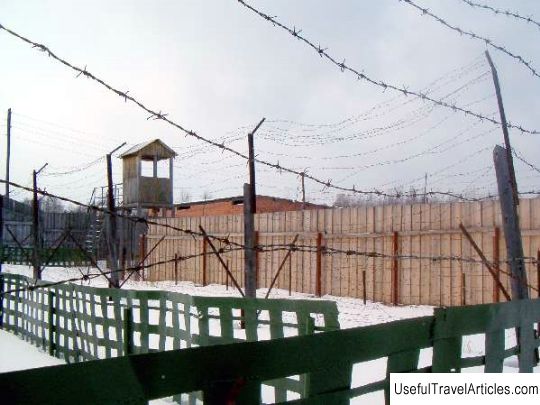
Museum of Genocide Victims (Genocido auku muziejus) description and photo - Lithuania: Vilnius. Detailed information about the attraction. Description, photographs and a map showing the nearest significant objects. The title in English is Genocido auku muziejus. Photo and descriptionThe museum has the official name - Museum of Genocide Victims, but when referring to this museum in everyday speech, as well as when traveling around the city of Vilnius, the name KGB Museum is most often used. The Museum was opened on October 14, 1992 by order of the Minister of Education and Culture, as well as the President of the Union of Political Exiles and Prisoners. The museum was housed in the building in which the repressive Soviet structures - NKGB-MGB-KGB and NKVD - were located from the mid-1940s to August 1991. These organizations were engaged in drawing up plans for the arrest or exile of the inhabitants of Lithuania, carried out persecuting activities of dissidents, and also in all ways suppressed all attempts by the people to try to restore the lost independence. In addition, for the Lithuanian people this building served as a symbol of the Soviet occupation of Lithuania 50 years ago. For this reason, it is very important for Lithuanians that this is the place where the Museum of Genocide Victims found its place, which should and will remind the present and future generations of such tragic and difficult years for the entire people (1940-1990). The museum itself is also unique in that it is the only one of its kind in the former so-called republics of the USSR, which was opened where the KGB headquarters were previously located. By 1997, the museum was reorganized ... The rights of the founder of this museum were given to the Center for the Study of Genocide and Resistance of Lithuanian Residents (CIGRRL) in accordance with the government decree of the Republic of Lithuania dated March 24, 1997. The decree was titled: “On the transfer of the Center for Research on Repressions and the Museum of Genocide and Resistance Victims in Lithuania”. At the moment, the museum is a constituent link of the Memorial Department of the said Center. Its task is to collect, store, research and promote historical and documentary materials that reflect the methods and forms of not only physical, but also spiritual genocide of Lithuanian residents, carried out by the Soviet occupation regime. In addition, the scale and methods of resistance to the occupation regime are considered. The museum exhibition was housed in the building that became a symbol of suffering and sorrow for a huge number of Lithuanian residents, where the KGB headquarters was located in 1940-1990. A prison was located around the corner of an ordinary city building. Every day, hundreds of political prisoners were subjected to severe torture in it, and were also sentenced to death, which was carried out in the same place. The following exhibitions take place at the Museum: Lithuania in 1940 and 1941. While the repression began. In 1940, Soviet troops invaded Lithuanian territory. The country was filled with opposition-minded people. It is for this reason that the very first step of the Soviet government was the creation of institutions that dealt with the problems of dissent in this country. At that time, the punitive organs of the NKVD had already accumulated quite a wealth of experience in combating citizens dissatisfied with the present Soviet regime. In the month of July 1940 alone, more than five hundred Lithuanian patriots, former government officials and intellectuals were arrested. Museum visitors can look at 19 former cells, an isolation ward of 3 sq. meters, as well as three torture chambers. The cells were damp and completely unheated. In addition, in one cell of 9 sq. meters immediately there were up to twenty prisoners, who were strictly forbidden not only to sit and lie, but also to close their eyes. The torture chambers were upholstered with a special soundproof material that absorbed the loud screams of the victims who were dealt the hardest blows by the torturers. But the worst thing was that people who were forbidden to sleep in the dark and sit only in complete soundproofing, began to lose orientation in space and just went crazy. The floors of the so-called "wet" cells were filled with cold water, while the prisoners were forced to stand on discs made of metal, not allowing them to sleep for days. The museum employs guides who were political prisoners in the past. Each guide always shows his camera.       We also recommend reading Church of the Kazan Icon of the Mother of God description and photo - Russia - Central district: Rybinsk Topic: Museum of Genocide Victims (Genocido auku muziejus) description and photos - Lithuania: Vilnius. |
